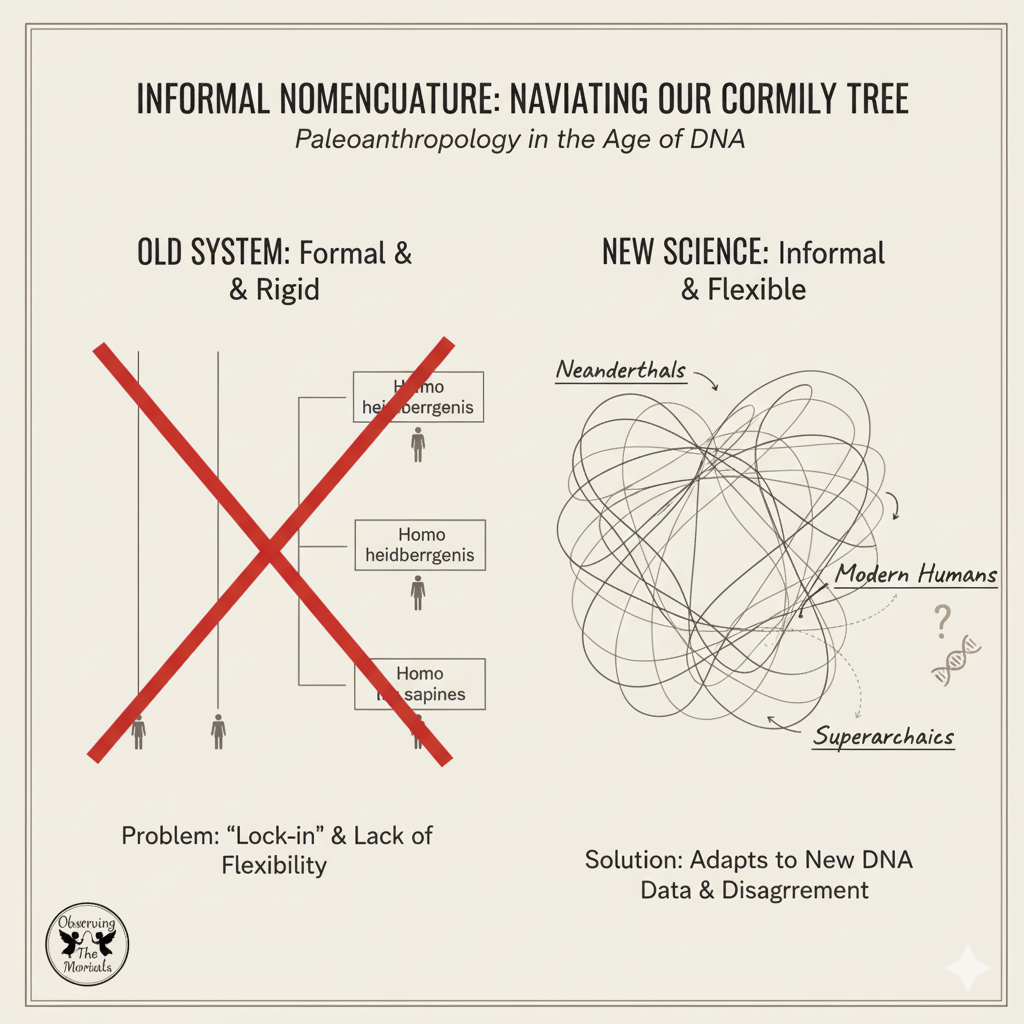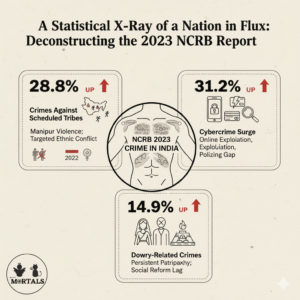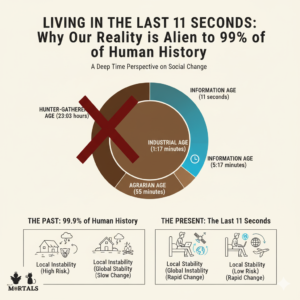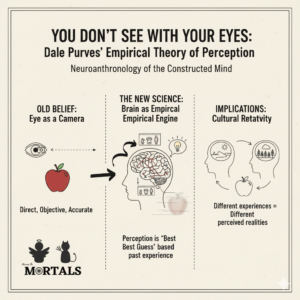In the world of science, precise naming is everything. We have Homo sapiens, Homo erectus, and a host of other formal, Latinized names governed by strict rules. So why do paleoanthropologists, in their papers and public discussions, constantly use “informal” names like “Neanderthal,” “Denisovan,” or the mysterious “superarchaics”? Are they just being lazy? In a fascinating new article, leading paleoanthropologist John Hawks argues the exact opposite. He reveals that these informal names are not a sign of sloppiness, but a crucial, sophisticated, and necessary tool for navigating a science that is changing at lightning speed.
The Information Box
Syllabus Connection:
- Paper 1: Chapter 1.6 (Phylogenetic Status… and Geographical Distribution of Human Fossils), Chapter 6 (Anthropological Theories), Chapter 1.3 (Scope & Relevance of Paleoanthropology)
Key Concepts/Tags:
- Informal Nomenclature, Linnaean Taxonomy, John Hawks, Paleoanthropology, Denisovans, Superarchaics, Flexibility
The Setting: Who, What, Where?
This case study is an analysis of a new research article by renowned paleoanthropologist John Hawks, published in the journal PaleoAnthropology. The subject is not a new fossil discovery, but the very practice of how scientists name ancient human groups. It explores the persistent and growing use of informal, non-Linnaean names for groups like the Neanderthals, Denisovans, robust australopiths, and even groups known only from genetic models, like the “superarchaics.”
The Core Argument: Why This Study Matters
Hawks’s article is a deep dive into the sociology and philosophy of scientific naming, with three key arguments.
- The Power of Flexibility Over “Lock-In”: The central thesis is that scientists prefer informal names because they offer flexibility. A formal Linnaean species name (like Homo heidelbergensis) “locks in” a specific, permanent classification. In a field like paleoanthropology, where new discoveries constantly shift our understanding, this rigidity is a problem. Informal names allow researchers to talk about a group of fossils or a genetic population without having to commit to a formal, and often hotly debated, species designation.
- The DNA Revolution Demands New Names: The rise of ancient DNA analysis has been a major driver of this trend. Scientists can now identify a new and distinct ancient population from a tiny fragment of bone (like the original Denisovan finger) that has no species-defining anatomical features. The informal name “Denisovan” was a perfect solution. Similarly, genetic modeling has revealed the existence of purely statistical “ghost populations” like the “superarchaics,” for whom we have no fossils at all, making formal names impossible but informal ones essential.
- A Tool for Managing Scientific Disagreement: Informal names are a crucial tool for navigating scientific controversy. Many scientists, for instance, disagree on which fossils belong to the species Homo heidelbergensis. By using a broader, informal term like “Middle Pleistocene Homo,” researchers can discuss this general group of hominins without getting bogged down in the specific, and often intractable, debate over the formal species name.
The Anthropologist’s Gaze: A Critical Perspective
- A Critique of the “Illusion of Precision”: Hawks’s argument, especially his use of a quote from the great biologist Ernst Mayr, is a powerful critique of the illusion of scientific precision. He argues that applying a formal, precise-sounding name to a poorly understood or contested group is a methodological error. It creates a false impression of certainty where none exists. The informal name, in this sense, is actually more scientifically honest.
- The Ghost of “Race Science”: The article provides a crucial historical context. The current preference for flexible, informal names is, in part, a conscious move away from the historical baggage of formal classification. In the 19th and early 20th centuries, the classification of fossil hominins was deeply entangled with the pseudo-scientific project of classifying modern human “races.” Old terms like “modern human” are themselves a legacy of this era. The move towards more fluid, population-based informal names reflects the broader rejection of rigid racial typology within anthropology.
- Language as a Scientific Adaptation: An anthropologist of science would see this not as a problem to be solved, but as a fascinating example of a scientific community’s language adapting to new data and new technologies. Just as a culture’s vocabulary changes to accommodate new realities, the language of paleoanthropology is evolving. Informal names are a linguistic innovation that allows the field to remain dynamic and responsive to a constant stream of revolutionary discoveries.
The Exam Angle: How to Use This in Your Mains Answer
- Types of Questions Where It can be Used:
- “Critically evaluate the methods and challenges in the classification of fossil hominins.”
- “How have new technologies like ancient DNA analysis impacted the field of paleoanthropology?”
- “The concept of ‘race’ has a complex and often problematic history in anthropology. Discuss.”
- Model Integration:
- On Fossil Classification: “The classification of fossil hominins is often complex and contested, leading to the widespread use of informal names. As paleoanthropologist John Hawks argues, terms like ‘Denisovan’ or ‘Middle Pleistocene Homo’ offer crucial flexibility, allowing researchers to discuss a group without committing to a rigid and often controversial formal species name.”
- On the Impact of DNA: “The ancient DNA revolution has necessitated new ways of naming ancient groups. The term ‘Denisovan,’ for example, was coined for a population identified by its unique genome from a single finger bone, demonstrating how informal nomenclature is essential when fossil evidence is insufficient for a formal Linnaean classification.”
- On the History of Race: “The contemporary use of flexible, informal names for ancient populations is partly a reaction against the historical entanglement of paleoanthropology with ‘race science.’ The move away from rigid typologies reflects a broader shift in the discipline towards understanding ancient groups as dynamic populations rather than fixed racial ‘types’.”
Observer’s Take
John Hawks’s essay is a brilliant peek behind the scientific curtain, revealing that the names we use for our ancestors are not just dusty labels, but active, dynamic tools in a living science. The persistence of “Neanderthal,” the birth of “Denisovan,” and the mystery of “superarchaics” are not signs of scientific failure, but of scientific honesty. They are an admission that our story is still being written, that the evidence is incomplete, and that our understanding is constantly evolving. In a field defined by a constant stream of disruptive discoveries, the greatest strength is not the certainty of a fixed name, but the intellectual freedom that comes with a flexible one.
Source
- Title: Informal nomenclature and hominin classification
- Author: John Hawks
- Publication: PaleoAnthropology (2025)
- Link: https://doi.org/10.48738/2025.iss2.1248





